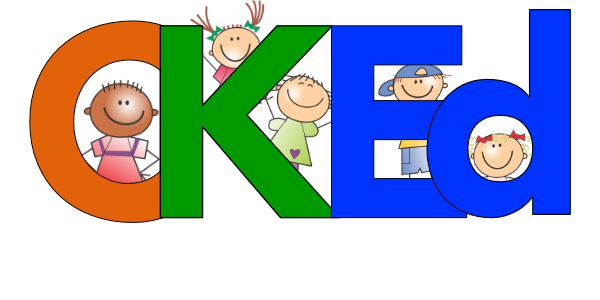Session #1
The focus of this session the use of pedagogical structures that promote students discourse, collaboration, engagement and justification of thinking. Specifically, we are looking at the following pedagogical structures: Information Gap, Numbers, Numbers, Numbers, Mathematical Sketch
Webber, J.P. Thomas, Bradley, Edward E. Taylor
Introduction to Information Gap
Grades 3 - 5 Information Gap Problems
“Why are Word Problems So Hard?”
Online Utility - Readability Test
Additional Resources
GFletchy: Teaching Key Words? Forget About It!
NYS Test Released Items
See you during the week of Dec. 3rd.
NEXT STEPS
Webber: Session Focus: Worked with the 3rd grade teacher to observe and co-teach problem solving lesson. Recommended the consistent use of math tools. Planned with teach strategies and models that could be used to support student understanding on ways to show addition and subtraction of whole numbers.
Worked with the Math Coach to analyze data and made recommendations as to use diagnostic data to better support students. Modeled how we could gather data from looking at how students responded to specific exam items.
Worked with the 5th grade teacher on how to plan for current unit of study. Did an addition fluency assessment on one students and made recommendations for nexts steps to increase student confidence in mathematics and also strategies based upon the use of patterns to advance her reliance on a counting on strategy. Next Steps: Teachers should use the strategies recommended and note student progress.
J.P. Thomas: Session Focus: Visualizing word problems via mathematical sketches and how to create and implement the Information Gap routine. Next Steps: Each teacher should implement the Information Gap routine 3 times before the week of Dec. 3rd. On Nov. 12th we will have a online video conference to support teachers and answer teacher questions after their first implementation.
Bradley: Session Focus: Visualizing word problems via mathematical sketches and how to create and implement the Information Gap routine. The consultant modeled the routine in the classrooms for grades 3 - 5. Next Steps: Each teacher should implement the Information Gap routine 3 times before the week of Dec. 3rd.
Edward E. Taylor: Session Focus: We completed the session: What makes word problems so hard? Participants received the book '“12 Strategies for Understanding Word Problems”. We focused on making a visualizing by making a mathematical sketch and how to help students use ‘slow-down’ techniques to make sense of the problem situation. Next Steps: Grade-level teams are to 1) Read the book given. 2) Select 1 strategy that they want to see modeled by the consultant upon the next visit. 3) Email to the consultant, by Thanksgiving the strategy and samples problems to be modeled.
